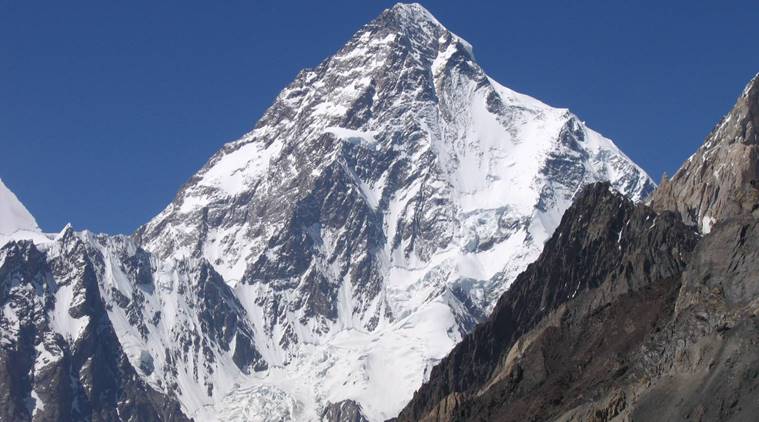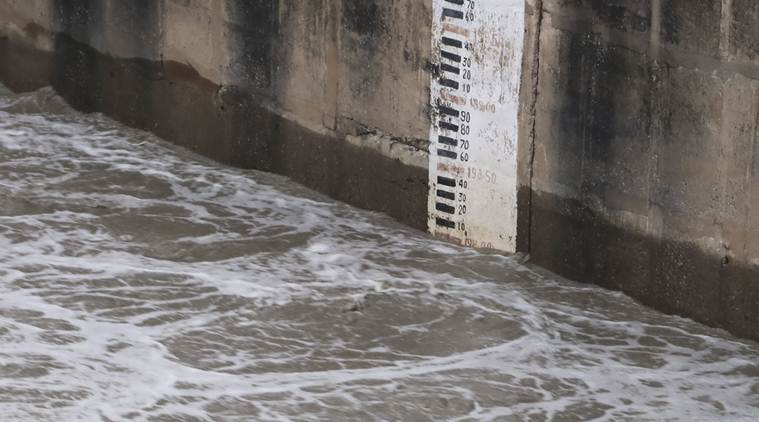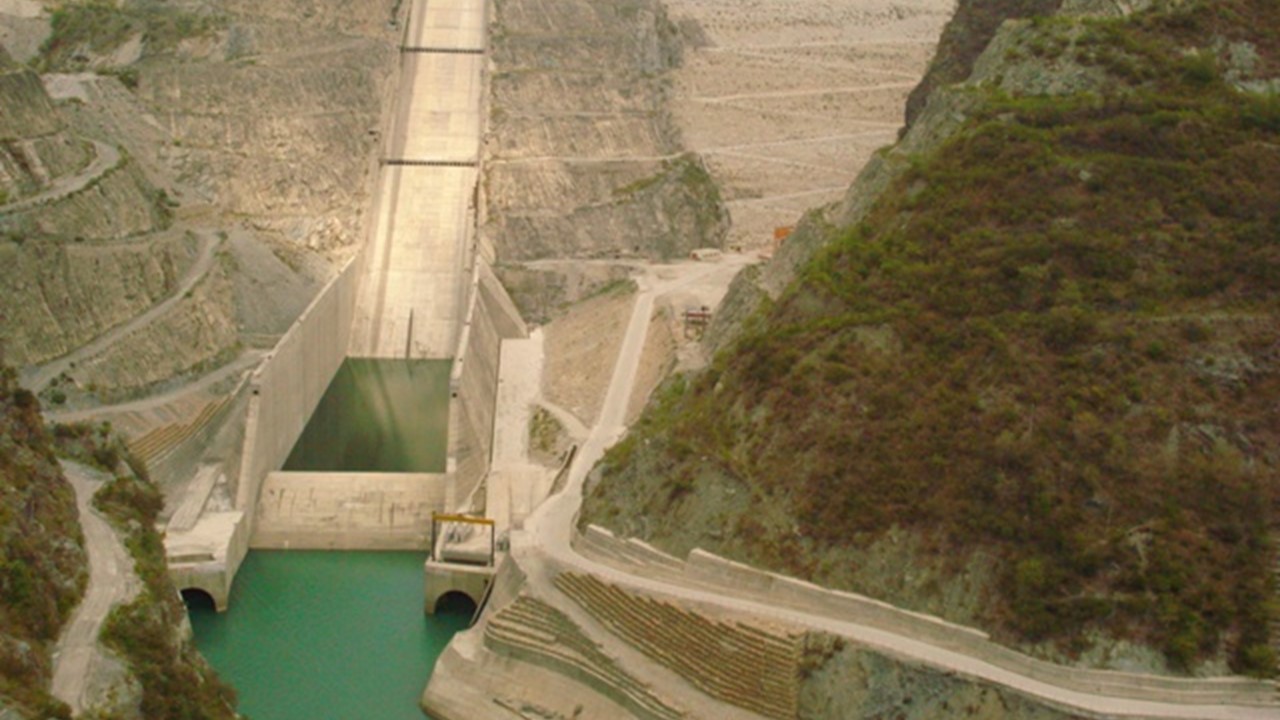India’s reservoirs now have 155% more water than last yr
Live storage in 123 reservoirs is at 66.372 billion cubic metres (BCM) or 39 per cent of total live storage capacity

Storage in several of the country’s reservoirs has steadily increased. There is 155 per cent more water than in 2019 and 119 per cent more than average storage in the dams in the past 10 years, as rains continue to lashparts of the country.
Data from the Central Water Commission (CWC) July 23, 2020 — which monitored from 123 reservoirs — said live storage available in the reservoirs was at 66.372 billion cubic metres (BCM) or 39 per cent of total live storage capacity.
This increased from 32 per cent recorded on July 2, 34 per cent recorded on July 9 and 36 per cent recorded on July 16. Live storage in reservoirs was 42.826 BCM in the corresponding period last year.
Of the 123 reservoirs, 92 reported more than 80 per cent normal storage. [Readmore]








